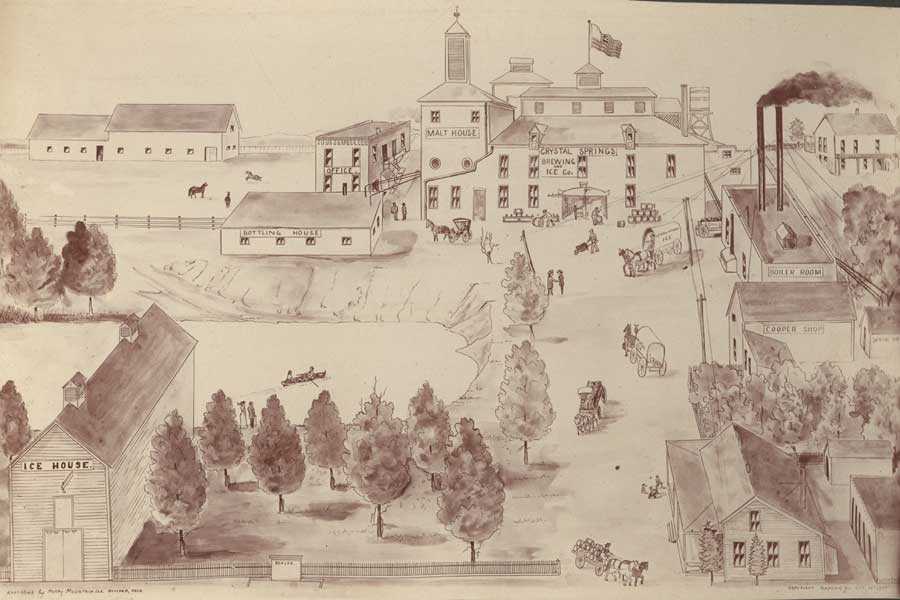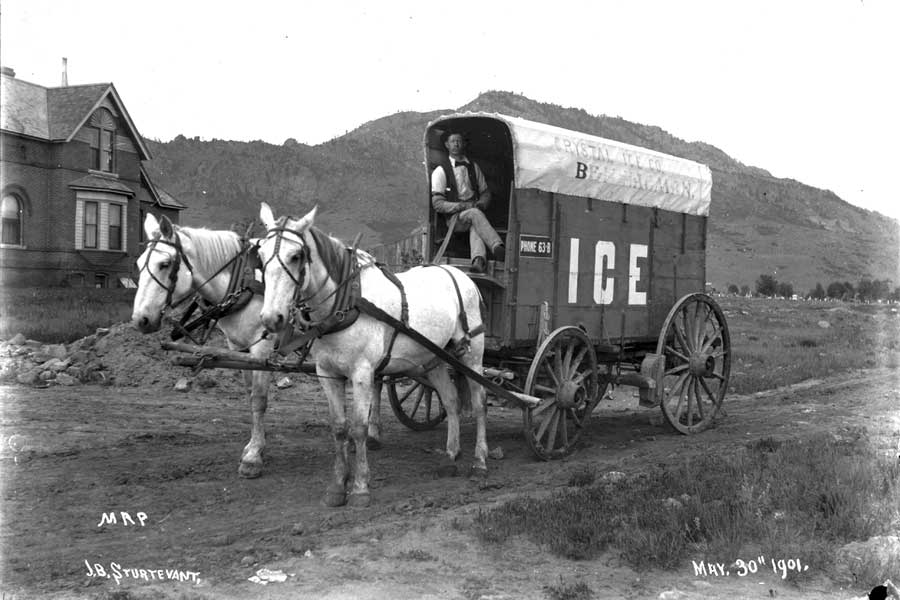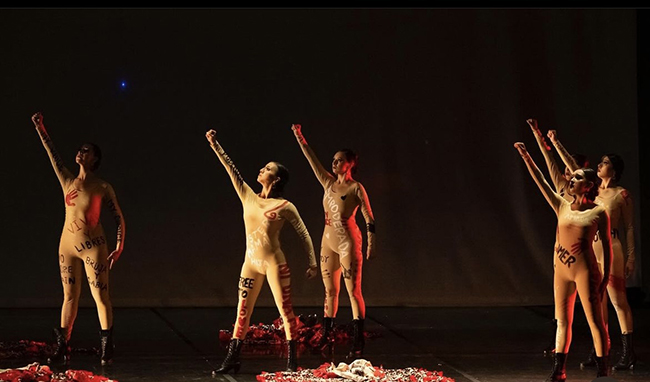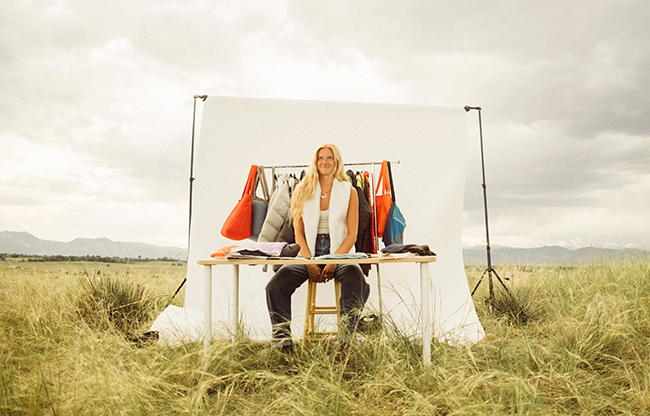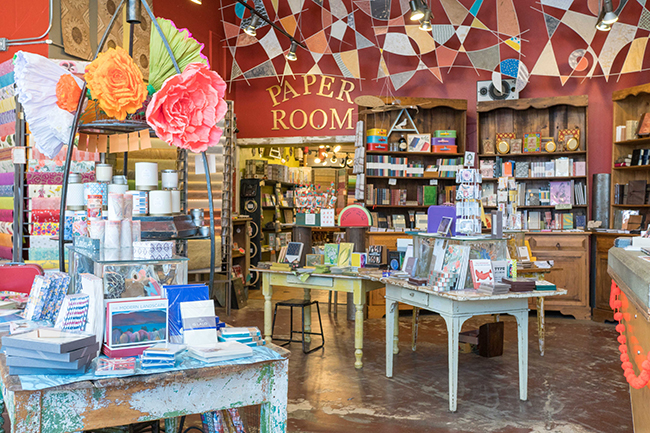Boulder’s Beer History
01 Jun 2018
Crystal Springs Brewing Company Was a Major Lager Producer
Long before scores of craft brewers opened shop in Boulder County and The Great American Beer Festival became the beer event of the year, early European settlers made do with hard spirits. Beer was hard to come by, because it tended to spoil in transit to Colorado. That was until enterprising locals decided to import the necessary ingredients—hops and yeast—and start brewing their own beer.